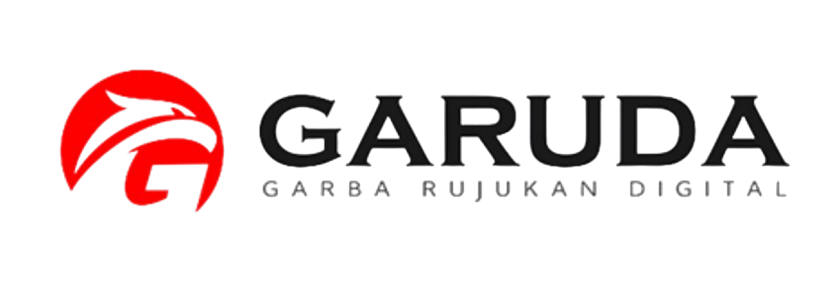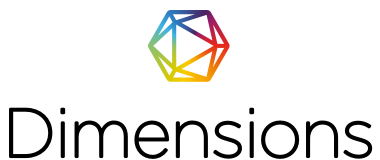Plagiarism Check
Jurnal Ayurveda Medistra, as a respected journal, wants to ensure that all authors are careful and comply with international standards for academic integrity, particularly on the issue of plagiarism. Plagiarism occurs when an author takes ideas, information, or words from another source without proper credit to the source. Even when it occurs unintentionally, plagiarism is still a serious academic violation and unacceptable in international academic publications.
When the author learns specific information (a name, date, place, statistical number, or other detailed information) from a specific source, a citation is required. When the author takes an idea from another author, a citation is required—even if the author then develops the idea further. This might be an idea about how to interpret the data, either what methodology to use or what conclusion to draw. It might be an idea about broad developments in a field or general information. Regardless of the idea, the authors should cite their sources. In cases where the author develops the idea further, it is still necessary to cite the original source of the idea, and then in a subsequent sentence, the author can explain her or his more developed idea.
When the author takes words from another author, a citation and quotation marks are required. Whenever four or more consecutive words are identical to a source that the author has read, the author must use quotation marks to denote the use of another author’s original words; just a citation is no longer enough.
Jurnal Ayurveda Medistra takes academic integrity very seriously, and the editors reserve the right to withdraw acceptance from a paper found to violate any of the standards set out above. For further information, potential authors can contact the editorial office at lppm@stikesmedistra-indonesia.ac.id
Papers submitted to the Jurnal Ayurveda Medistra will be screened and checked for plagiarism by using Similarity Check from Crossref, but an author should be checked it to before submitted. The similarity check results should be below 20%.








1.png)
